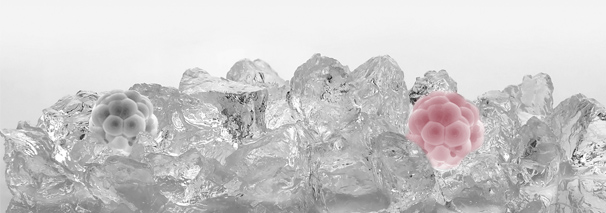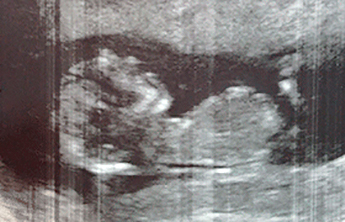
Usually after In Vitro Fertilisation cycle there are some surplus good quality embryos left. They are preserved for long periods of time thanks to embryo Freezing technique in order to be used in subsequent cycles or in a second pregnancy.
IN WHICH CASES ARE EMBRYOS FROZEN?
Basically those surplus embryos of good quality originated from In Vitro Fertilisation treatment are frozen, particularly the embryos which haven’t been transferred in the first cycle (because of their optimal development conditions), but equally have implantation guarantee. They are frozen to be used again in a subsequent cycle without a new ovarian stimulation.
Embryo freezing can also be performed the day of the transfer if the gynaecologist detects any anomaly in the woman endometrium that could compromise the possibility of pregnancy and could be necessary postpone the transfer.
HOW LONG ARE THEY KEPT AND WHERE?
Embryos are stored in liquid nitrogen banks at low temperature and can be stored for many years.
HOW EMBRYO FREEZING IS PERFORMED?
Egg Freezing is a technique which provides better results than traditional freezing and providing greater embryos survival and higher implantation rates.
Differently from the traditional freezing, egg freezing quickly cools the cell and in a much reduced time. The traditional technique freezes at 0,3 ºC per minute, while egg freezing quickly cools the cell at the speed of 15.000 ºC per minute. This cooling avoids the formation of ice crystals inside the cells which, minimizes the celular damage compared to other techniques.
Once embryos are frozen, they are kept in liquid nitrogen at a temperature of -196º C for an indefinite period.






